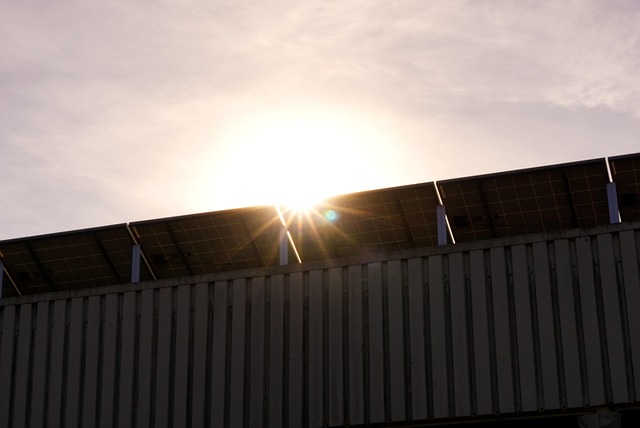With energy costs rising and environmental awareness growing, solar power has become a go-to solution for homeowners. Among the options, 300-watt solar panels stand out as a versatile and practical choice. But how do they work, and are they the right fit for your home? Let’s dive into the essentials.

Understanding 300-Watt Solar Panels
A 300-watt solar panel generates up to 300 watts of electricity under optimal sunlight conditions. These panels strike a balance between power and practicality, making them ideal for residential setups. Built with monocrystalline or polycrystalline cells, they adapt to both grid-tied and off-grid systems. Modern designs incorporate features like anti-reflective coatings and bypass diodes, maximizing efficiency even in suboptimal light.
Energy Output: What to Expect
Daily energy production hinges on sunlight exposure. On average, a single 300-watt solar panel produces 1.2–1.5 kWh daily, translating to 36–45 kWh monthly. Geographic location plays a big role:
- Sunny states like Arizona may see outputs at the higher end.
- Regions with overcast skies, such as Oregon, might average closer to 1 kWh daily.
For perspective, the typical U.S. household uses about 877 kWh monthly. A system with 20–25 panels could significantly offset this demand, reducing reliance on traditional energy sources.
Top Benefits of 300-Watt Panels
- Space Efficiency
Their compact design makes them ideal for rooftops with limited space. Scaling up? Adding more panels won’t overwhelm your roof. - Budget-Friendly Performance
They deliver solid efficiency without the premium price of higher-watt models, offering a sweet spot for cost-conscious buyers. - Adaptable Applications
Beyond homes, these panels power RVs, tiny homes, barns, and small businesses, proving their versatility. - Durability
Advanced tech like PID resistance ensures longevity, even in harsh weather.
Calculating Your Solar Needs
To determine how many panels you need:
- Review Energy Bills: Note your monthly kWh usage.
- Assess Sunlight: Check your area’s peak sunlight hours (e.g., Miami averages 5.5 hours; Chicago, 4).
- Crunch the Numbers:
(Monthly Usage ÷ Daily Sunlight Hours ÷ 30) ÷ Panel Wattage = Number of Panels
Example: For 900 kWh/month with 4.5 daily sun hours:
(900 ÷ 4.5 ÷ 30) ÷ 0.3 ≈ 22 panels
Most homes require 15–25 panels, depending on energy goals and roof space.
Installation Insights
- Optimal Placement: South-facing roofs capture the most sunlight, but east/west orientations can work.
- Avoid Shading: Trim trees or adjust panel angles to prevent obstructions.
- Inverter Compatibility: Pair panels with a high-efficiency inverter (e.g., string or microinverters) to minimize energy loss.
Eco-Friendly Impact
Switching to 300-watt solar panels slashes carbon footprints. A typical residential system offsets 3–4 tons of CO2 annually—equivalent to planting over 100 trees yearly. Plus, incentives like the U.S. Federal Solar Tax Credit (covering 30% of costs) and net metering programs boost affordability.
Are They Right for You?
Consider these panels if you want:
- A balance of affordability and output.
- Flexibility for residential or mobile use.
- Reliable tech with minimal maintenance.
Consult a solar provider to evaluate your roof’s potential and local incentives.
Take Control of Your Energy Future
Ready to cut bills and embrace sustainability? 300-watt solar panels offer a practical path to energy independence. Many installers provide free assessments to tailor a system to your needs. Imagine powering your life with sunlight—clean, renewable, and endlessly abundant.